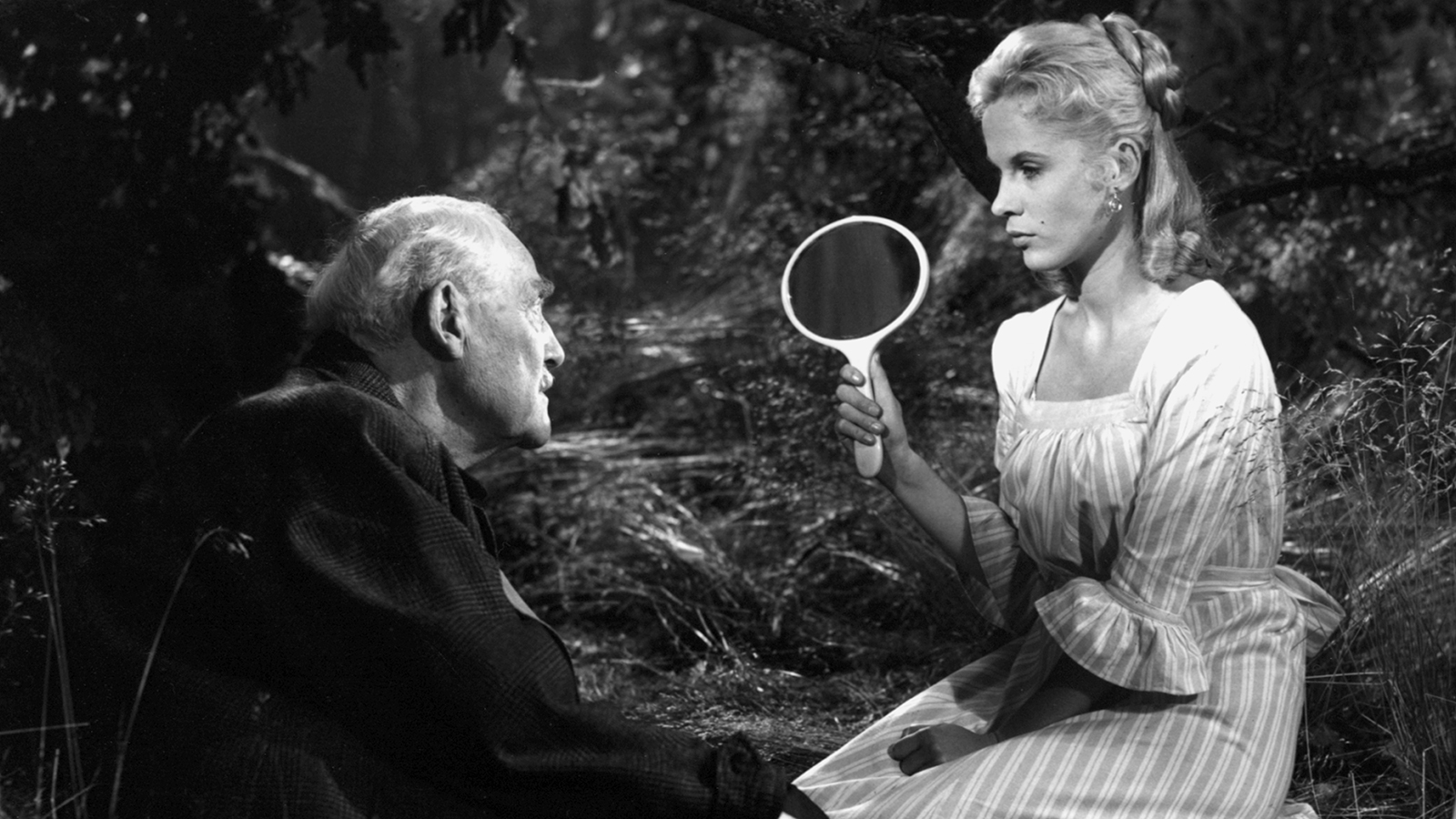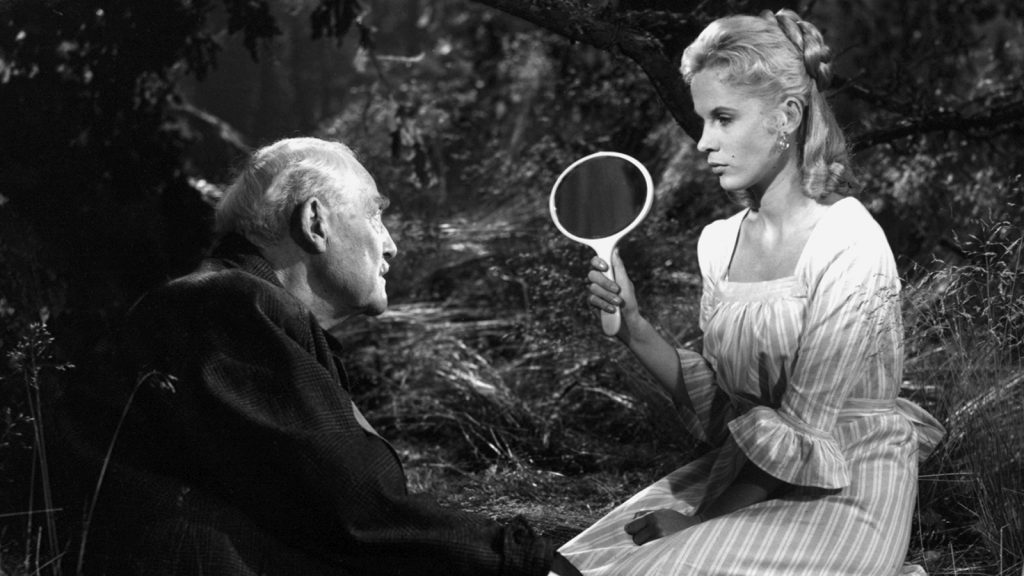

As the awards season wraps up and studios start unfurling their back catalogs of frothier, second-tier offerings, it is a good time to dig into the archives for something a little more substantial.
This week I’d like to introduce Wild Strawberries, one of the two entries by auteur Ingmar Bergman included on the Vatican’s list of notable films.
Less well known than Bergman’s other film on the list, The Seventh Seal, and its iconic grappling with death against the backdrop of a medieval plague-ridden Sweden, Wild Strawberries was written, produced, and published later the same year (1957) and wrestles with similar existentialist questions in a more contemporary context.
Certainly situated at the opposite end of the spectrum from summery rom-coms and action adventures, it is a beautifully constructed film whose old-fashioned gait and loose episodic structure are almost enough to conceal the profound simplicity of vision which is one of the marks of great art.
On the surface, the plot is simple. An elderly professor, Isak Borg, wakes up on the day he is to receive an honorary degree in another city, then drives to receive it.
However, the introspective and symbolic tenor of the proceedings is established early, when, for instance, an extended semi-surrealist dream sequence shows Isak pulling back the lid of a coffin only to find it occupied by himself.
A metaphorical depiction, perhaps, of his sense of somehow being alive and dead at the same time, each stop along the road supplies hints towards the reasons undergirding this quietly angst-riddled state of mind.
Setting out on the trip accompanied by his pregnant daughter-in-law, Marianne, they stop first at a house where Isak’s family vacationed during the summers of his childhood. There, the sight of a wild strawberry patch sparks a melancholic reverie about Isak’s loss of the love of his youth into the arms of his own brother.
The travelers pick up a trio of young hitchhikers. One is a young woman who is the object of love of both her male companions and a double for Isak’s lost love (the same actress plays both parts). The others are a doctor- and minister-to-be.
Back on the road, the party nearly crashes head-on into a veering vehicle commanded by a married couple in the thick of a violent spat. Both cars end up in the ditch, and when it turns out Isak’s is the only one that still runs, everyone crams in together.
The couple cannot keep from quarreling, however, and after civility is overstrained, Marianne insists on leaving them at the side of the road. The pair are truly pitiful: they exit the vehicle without objection, admitting that their actions are intolerable, yet also asking those in the car to forgive them, if they can.
Over lunch, the students launch into a debate sparked by the minister’s recitation of a celebrated Swedish hymn, which includes the line, “Ah, when creation shows so much beauty, how radiant must be its source.” The doctor does not understand how any serious person can become minister these days, and the minister accuses him of lacking all imagination.
Encapsulating a common struggle that faces religious belief in the modern age, the argument between these representative intellectuals pulls the young woman back and forth between them. “How sweet they both are! I always agree with the one I spoke with last.”
Their debate also seems to stand in for an interior struggle that has marked the professor’s entire life: from preoccupations with questions of sin and the afterlife as a young man, to a successful professional career as a doctor, to the old man we see choosing not to resolve the argument, but captivate the everyone at the table with the beauty of a verse inspired by belief.
This is the halfway point in the film, and if any of it intrigues, in topic or tone, the second half proceeds apace.
As in many of Bergman’s best films, the brilliance of Wild Strawberries comes not from the uplifting character of its philosophical vision, embroiled as it is, like many of his works, in fatally unhappy marriages, intractable psychological quandaries, and the inability to resolve doubts about the existence of God.
It may not positively outline how to live or what to believe; however, in the intrepid way its characters trace their existential discontent all the way back to first principles we can discern something about how to believe – with the entirety of our humanity, attentive to love and beauty, utterly honestly.
In a perfect world, I suppose, a perfect film would deliver some kind of perfect representation of the truth. But in the world in which we find ourselves, this is one of the next best things.
